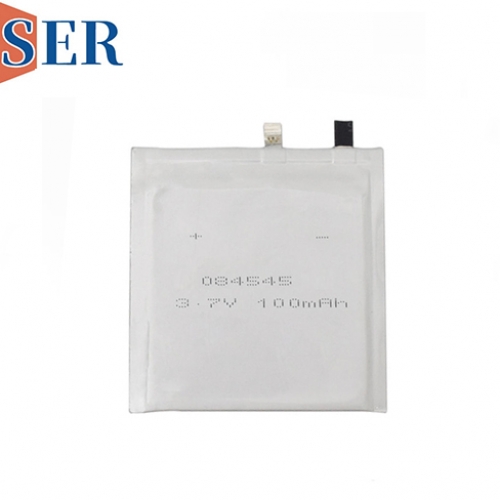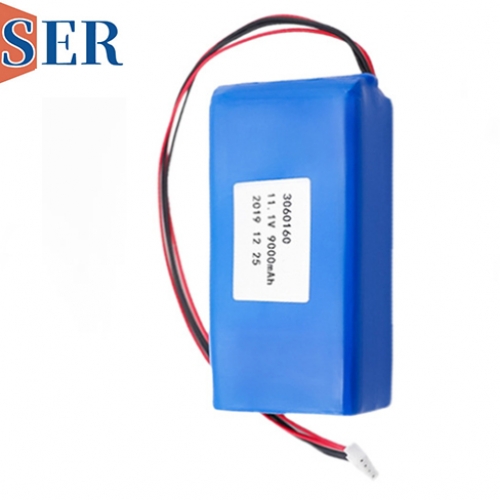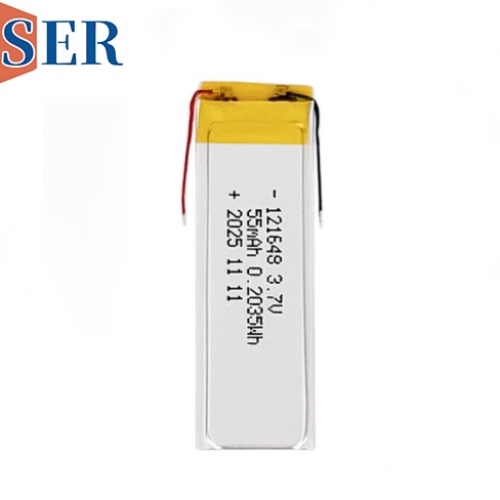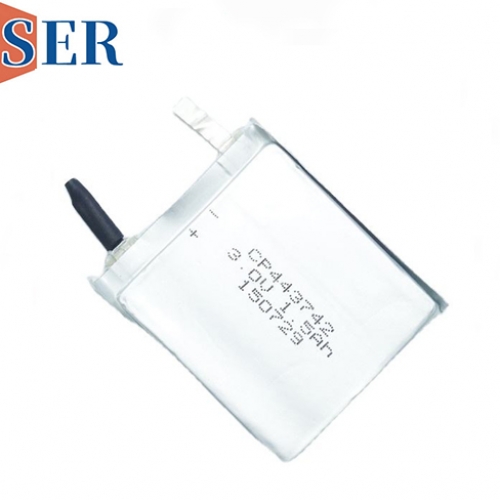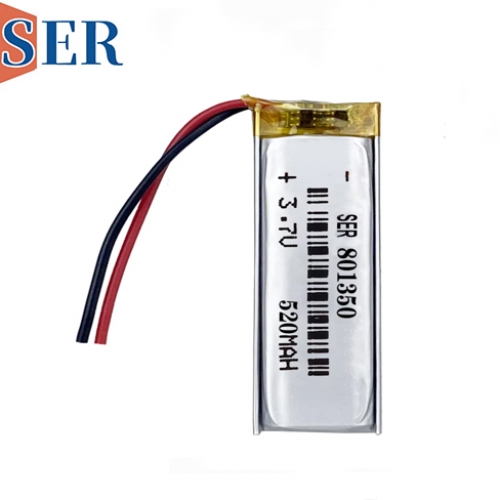High-Temperature AA Batteries
High-Temperature AA Batteries: Exploring Non-Rechargeable 3.6V Li-SOCl2 Batteries (ER14505S) for Extreme Environments
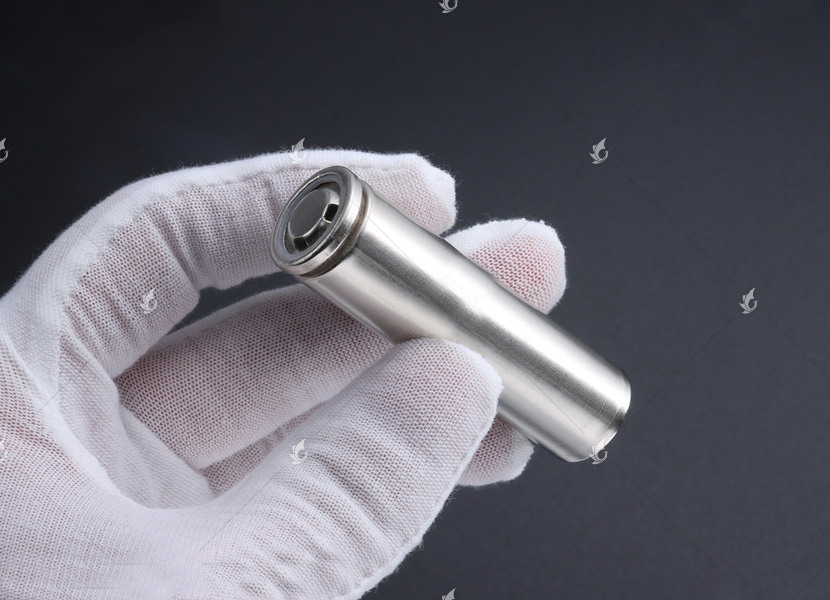
Introduction
In industries such as oil and gas, aerospace, automotive, and industrial manufacturing, electronic devices often operate in extreme temperature conditions. These environments demand power sources that can withstand high temperatures while delivering reliable performance. Among the various battery technologies available, 3.6V Lithium Thionyl Chloride (Li-SOCl2) batteries, such as the ER14505S AA-sized battery, have emerged as a leading solution for high-temperature applications. These non-rechargeable batteries are capable of operating at temperatures as high as 150°C and, in some cases, even 200°C, making them ideal for use in harsh environments. This article provides a comprehensive exploration of high-temperature AA batteries, focusing on the ER14505S Li-SOCl2 battery, its design, performance, and applications in extreme conditions.
Understanding Lithium Thionyl Chloride (Li-SOCl2) Battery Chemistry
Lithium Thionyl Chloride (Li-SOCl2) Chemistry
Li-SOCl2 batteries are a type of primary (non-rechargeable) lithium battery that utilizes lithium metal as the anode and thionyl chloride (SOCl2) as the cathode and electrolyte. The chemical reaction during discharge produces lithium chloride (LiCl) and sulfur dioxide (SO2), which are stable and non-reactive under normal conditions.
Key Advantages of Li-SOCl2 Batteries
High Energy Density: Li-SOCl2 batteries offer one of the highest energy densities among primary batteries, making them suitable for long-term applications.
Wide Temperature Range: These batteries can operate efficiently in extreme temperatures, from -60°C to 150°C (and up to 200°C for specialized models).
Long Shelf Life: With a low self-discharge rate (less than 1% per year), Li-SOCl2 batteries can retain their charge for up to 10 years or more.
Stable Voltage Output: They provide a stable 3.6V output throughout their discharge cycle, ensuring consistent performance.
Robust Design: The hermetically sealed construction of Li-SOCl2 batteries makes them resistant to leakage, vibration, and shock.
The ER14505S AA-Sized Li-SOCl2 Battery
The ER14505S is a specific model of the Li-SOCl2 battery, designed in the standard AA size (14.5mm diameter x 50.5mm height). This battery is particularly well-suited for high-temperature applications due to its robust construction and exceptional performance characteristics.
Key Features of the ER14505S Battery
Voltage: 3.6V nominal voltage
Capacity: Typically ranges from 2.4Ah to 2.7Ah, depending on the discharge rate and temperature.
Operating Temperature Range: -60°C to 150°C (with specialized models capable of withstanding up to 200°C).
Shelf Life: Up to 10 years with minimal self-discharge.
Design: Hermetically sealed, leak-proof, and resistant to vibration and shock.
Customization of High-Temperature Li-SOCl2 Batteries
Customizing Li-SOCl2 batteries like the ER14505S for high-temperature applications involves addressing several critical factors to ensure optimal performance, reliability, and safety.
Key Design Considerations
1. Temperature Tolerance
The battery must be designed to withstand extreme temperatures, up to 150°C or even 200°C.
This involves selecting materials and electrolytes that remain stable and conductive at high temperatures.
2. Capacity and Discharge Rate
The battery's capacity must be tailored to the power requirements of the device.
High-temperature applications often require batteries with a high discharge rate and long operational life.
3. Safety Features
Safety is paramount in high-temperature environments. Customization may include:
Overcharge protection
Thermal shutdown mechanisms
Pressure relief valves to prevent rupture under extreme conditions.
4. Mechanical Durability
The battery must be resistant to mechanical stress, such as vibration and shock, which are common in industrial environments.
The hermetically sealed design of Li-SOCl2 batteries inherently provides robustness.
5. Size and Form Factor
The AA size (ER14505S) is a standard form factor, but customization may involve adjusting dimensions to fit specific device designs.
Material Selection for High-Temperature Performance
The materials used in the ER14505S battery must be carefully chosen to ensure reliable performance in extreme temperatures.
1. Electrolyte
Thionyl chloride (SOCl2) serves as both the cathode and electrolyte, providing high conductivity and stability at high temperatures.
Additives may be incorporated to enhance thermal stability and prevent decomposition.
2. Separator
The separator must maintain its integrity and prevent internal short circuits at high temperatures.
Materials like glass fiber or ceramic-coated separators are commonly used due to their thermal stability.
3. Cathode and Anode Materials
The lithium metal anode and carbon-based cathode must be optimized for high energy density and thermal stability.
Special coatings or additives may be applied to enhance performance at high temperatures.
4. Housing Material
The battery housing must be made of materials that can withstand high temperatures without degrading.
Stainless steel or specialized alloys are often used for their strength and thermal resistance.
Performance Testing and Validation
Customized ER14505S batteries must undergo rigorous testing to validate their performance under extreme conditions.
1. High-Temperature Testing (150°C to 200°C)
Batteries are subjected to prolonged exposure at high temperatures to evaluate capacity retention, voltage stability, and safety.
Testing includes:
Capacity measurement at elevated temperatures
Thermal cycling to simulate real-world conditions
Safety tests, such as overcharge and thermal abuse
2. Low-Temperature Testing (-60°C)
Although the focus is on high-temperature performance, low-temperature testing ensures the battery can operate in a wide range of environments.
Key metrics include:
Discharge capacity at low temperatures
Voltage stability during discharge
3. Cycle Life Testing
Although Li-SOCl2 batteries are primary (non-rechargeable), cycle life testing may be conducted to evaluate their performance under intermittent discharge conditions.
4. Safety Testing
Safety tests include:
Overcharge and over-discharge tests
Short-circuit tests
Crush and puncture tests to evaluate mechanical integrity
Applications of High-Temperature Li-SOCl2 Batteries
The ER14505S Li-SOCl2 battery is well-suited for a wide range of high-temperature applications, including:
1. Oil and Gas Industry
Downhole Tools: Batteries used in drilling equipment must withstand extreme temperatures and pressures.
Pipeline Monitoring: Sensors and monitoring devices require reliable power sources in harsh environments.
2. Aerospace
Satellites and Space Probes: Batteries must operate in the extreme temperatures of space.
Aircraft Systems: Avionics and monitoring systems require high-temperature batteries for reliable performance.
3. Automotive
Engine Monitoring: Sensors and telemetry systems in engines require batteries that can withstand high temperatures.
Electric Vehicles (EVs): High-temperature batteries are used in battery management systems (BMS) and other critical components.
4. Industrial Manufacturing
Furnace Monitoring: Sensors and control systems in high-temperature industrial furnaces require reliable power sources.
Robotics: Industrial robots operating in high-temperature environments need durable batteries.
Challenges and Solutions in High-Temperature Battery Design
1. Electrolyte Decomposition
Challenge: High temperatures can cause the electrolyte to decompose, reducing battery life.
Solution: Use of thermally stable electrolytes and additives to enhance thermal stability.
2. Thermal Runaway
Challenge: Excessive heat can lead to thermal runaway, causing the battery to overheat or rupture.
Solution: Incorporation of thermal shutdown mechanisms and pressure relief valves.
3. Mechanical Stress
Challenge: High-temperature environments can exacerbate mechanical stress, leading to leaks or short circuits.
Solution: Reinforcing the battery housing and optimizing the cell assembly process to enhance durability.
Future Trends and Innovations
The demand for high-temperature Li-SOCl2 batteries is expected to grow as industries continue to push the boundaries of technology. Future trends may include:
1. Advanced Materials
Research into new cathode and anode materials, as well as electrolytes, could lead to batteries with even higher energy densities and wider temperature ranges.
2. Smart Batteries
Integration of smart features, such as state-of-charge monitoring and self-healing mechanisms, could enhance performance and safety.
3. Sustainability
Developing more environmentally friendly battery chemistries and recycling methods will be crucial as the use of these batteries increases.
4. Miniaturization
Continued miniaturization of battery cells will enable their use in even smaller and more compact devices, expanding the range of potential applications.
Conclusion
The ER14505S 3.6V Li-SOCl2 AA battery is a robust and reliable power source for high-temperature applications, capable of operating in environments as extreme as 150°C to 200°C. Its high energy density, long shelf life, and stable voltage output make it an ideal choice for industries such as oil and gas, aerospace, automotive, and industrial manufacturing. By addressing challenges such as electrolyte decomposition, thermal runaway, and mechanical stress, manufacturers can produce batteries that deliver consistent and reliable power in even the harshest environments. As technology continues to advance, the development of more advanced materials and smart features will further enhance the capabilities of high-temperature Li-SOCl2 batteries, driving innovation across a wide range of industries.

